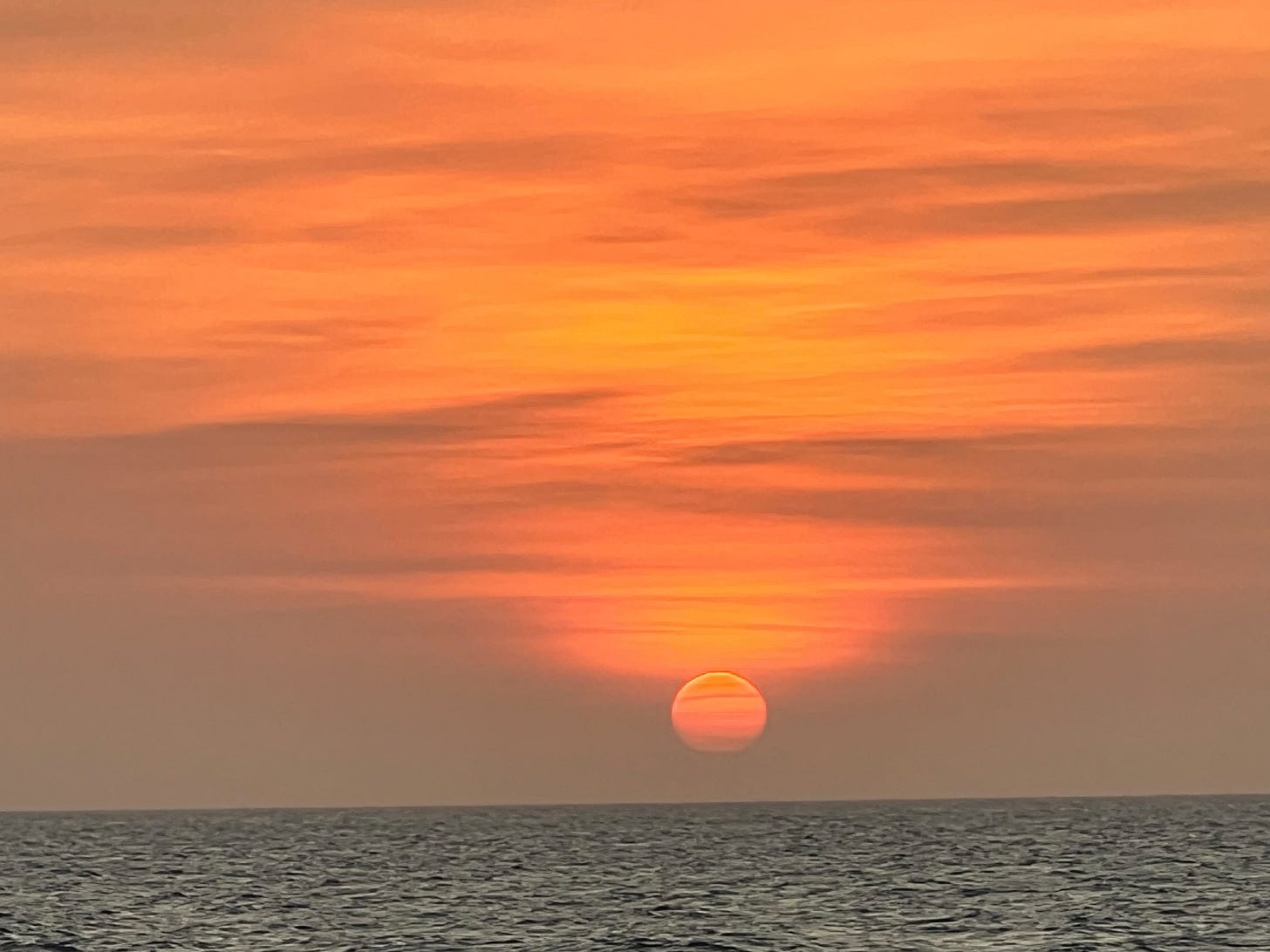Finding Home: Lessons From Wandering Across Three Continents
Over the last two and a half-plus years, I’ve had 30 different ‘homes’ on three continents. Sounds crazy, doesn’t it? Maybe you’ve thought about it — leaving your daily routine, working in a foreign café, or simply packing a suitcase to begin exploring. But then, just as quickly, you brushed it aside, believing this wasn’t the right time or that it was even possible. I understand. I’ve been there and realize that dismissing these thoughts as impractical is easy. There is stability in a life built in one place. A traditional belief in the concept of home. You may also have family or work responsibilities that anchor you to one community, and so did I. But what if I told you everything you considered is entirely possible and equally fulfilling?
Yes, I’ve seen the surprised look on people’s faces over the last two years when I explain my chosen lifestyle. And yes, there were also moments when I wondered if I was, in fact, crazy. For me, ‘this’ is a nomadic lifestyle where I live in a different state or country every month. It’s an approach to slow travel that allows for a deeper immersion in a place. I am also willing to revel in the discomfort of being in someone else’s world. Since I began in September 2022, I’ve experienced life in large cities and small ones. Blue states and red states. The Great Plains, the Midwest, the Northeast, the Pacific Northwest, the Rocky Mountains, and the U.S. and Mexican border. Life in historic cities and villages in Central America, South America, and Europe. Each has left a mark, and each has felt like home.
Two Motivating Questions
The decision to build this lifestyle was not easy, nor one I made quickly. After many years in one place, I was ready for change. The idea of exploring was appealing. I dove into research on lifestyle design and read the stories of travelers who spent long stretches on the road. Everything from A Short Walk in the Hindu Kush by Eric Newby, A Year in Provence by Peter Mayle, Eat, Pray, Love by Elizabeth Gilbert, The Great Railway Bazaar by Paul Theroux, The Motorcycle Diaries by Ernesto Che Guevara, and others to the many blogs of female and male solo travelers. Ultimately, it was a choice, and I fully recognize this was a privileged choice for many reasons. For one, I could do it. As a male traveler whose passports allow me to cross borders, I am typically unhindered by visa needs. I worked independently for several years before COVID-19, so I was accustomed to working remotely. Like so many others, business travel created opportunities to land in a particular destination with conference rooms, meals with colleagues or clients, and airports all on the agenda. Vacations offered a chance to quickly enjoy a place with a checklist of must-dos and the best Instagram locations. But I always had a lingering question, ‘What is life really like here?’ Nowadays, with the news and our social media feeds, we are inundated with divisive information and commentary on myriad economic, environmental, and social issues. I wondered about the prevalent narratives I was taught growing up and those circulating throughout society today that have shaped my perspectives. Another question emerged, ‘What if I’m wrong?’
No Turning Back
I decided that if I were going to do this, I needed to go all in. There could be no turning back or coming back. If I wanted to immerse myself in new communities to explore, learn, and grow, I had to leave comfort, familiarity, and normalcy behind. That meant packing up the home I had built over more than fifteen years and deciding what to keep, donate, give, or throw away. More than fifteen years of memories and attachments. To say it was a challenge would be an understatement. If it hadn’t been for Marie Kondo’s 6 Rules of Tidying, I’m not sure I could have done it. When it was complete, I felt lighter, more relaxed, and, in many ways, more relieved. All that was left had a need or significance.
Let me pause for a moment. Many of you may not be ready for such a radical change. Nor is this lifestyle for everyone. But what if? What if you have considered life as a Digital Nomad? What if you work in a hybrid environment that allows greater flexibility? What if you are an empty nester or retiree with more time and freedom? What if you have longed for a different approach to travel for yourself and/or your family at a slower pace? I’ve met all these fellow travelers, some traveling full-time while others for a month or more. There’s no one ‘right’ way, as each has benefits and trade-offs.
The Questions I Often Get
By now, you may have questions — many of them. Let me address some of the more obvious ones I get frequently.
Is it more costly to stay longer? Surprisingly, no, not as much as you think. Short-term rentals typically offer monthly price reductions relative to the per-night cost. It may sound counter-intuitive, but staying longer can be advantageous, and relative to staying in a hotel, I’ve found it is much more cost-effective. Also, I follow the deal, not the destination, when planning where I go. I’ll start with a few ideas and then compare the costs of flights and rentals to see what makes the most sense. I want to say that I have this grand plan, but typically, I begin selecting my next destination about two weeks before I need to leave. I’m also comfortable choosing a destination during a shoulder or off-season to take advantage of lower prices. Additionally, being able to cook allows you to reduce the reliance on cafés, delis, or restaurants for every meal, which is a big way to keep costs under control.
Is it possible to work effectively when you are remote for long periods? Yes, and I recognize that I work independently and remotely, so it is second nature for me. Importantly, I have clients and colleagues who are supportive. However, when choosing a destination, I ensure that the apartment or home has a place to work, and I read the reviews to understand the WIFI quality, two non-negotiables for remote work success. I also consider my work responsibilities and the implications of time zones or any potential need for an in-person meeting. I may have a far-off destination in mind, but if being there would put unnecessary pressure on my ability to deliver, it can wait until another month. I’ve also selected places co-located with clients and colleagues to create opportunities to meet in person, which led to improved relationships with them.
Do you feel homesick or out of place? This is a two-parter and something that I’m very aware of as I travel. As a result, I accelerate settling in and creating that ‘safe space’ feeling. First, I use Google My Maps to plot where everything I need or want to do is located. When traveling internationally, I try to understand cultural norms and expectations before arriving. Once there, I bring family photos and a few things to put around right away that help me create a sense of ‘home.’ I’ll spend the first week using My Maps, exploring the neighborhood, and ‘getting’ lost as I wander. I’ll find a grocery store, a café, or a restaurant that can become a go-to. By week two, I feel more settled. The place where I’m living becomes more familiar, more me. That go-to café when I was living in Bogota was called Culto. I began to recognize the team that works there, and, in some cases, they were starting to remember me. Our quick greetings and laughs over my order grew into more extended conversations. By week three, everything felt more natural, and my mind would start to play a trick on me by creating a feeling that I had lived there longer than I had. Week four is always unique since I have developed an attachment to this new home I know I must release. Still, at the same time, I am getting excited by the opportunity to do this pattern again in a new location. Second, I have also selected destinations where family and friends are to create more opportunities to see the people who matter to me. In essence, I’ve found that I have spent more time creating memories with them these past two years than I probably ever would have, which has been incredibly rewarding. I fully understand that I have more flexibility and can take advantage of that. Further, I have been fortunate in several places to meet up with a friend of a friend to get a local connection, whether that was Milwaukee, Wisconsin, or Panama City, Panamá.

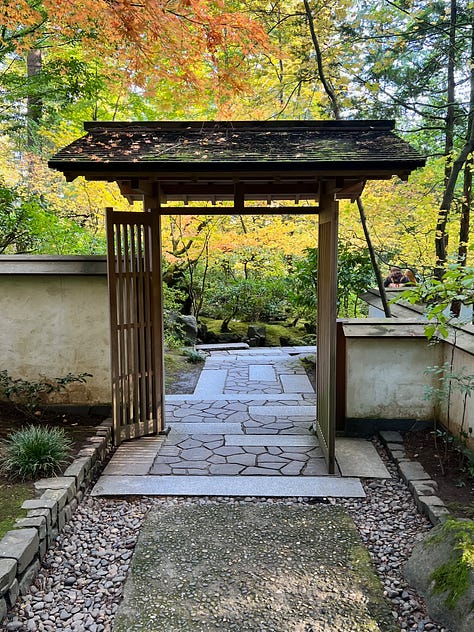
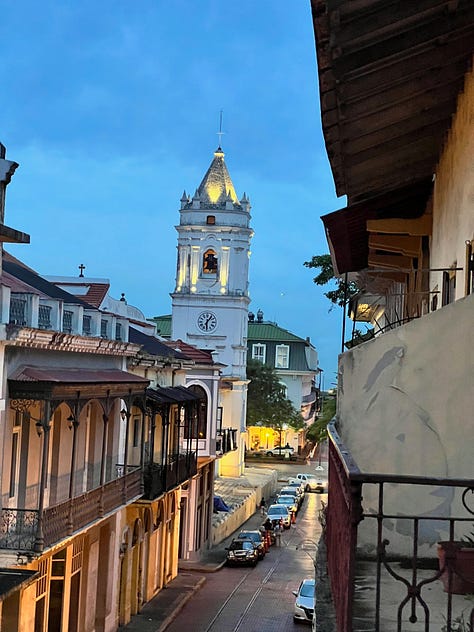
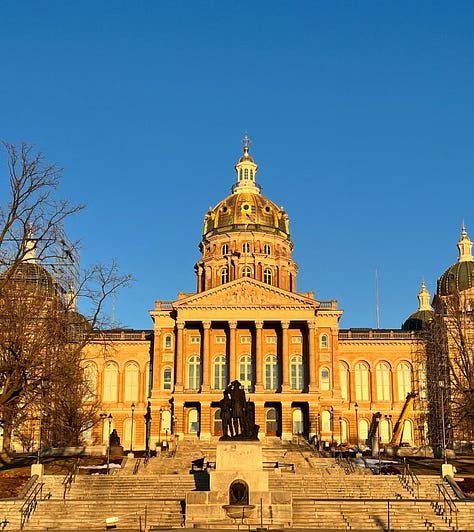
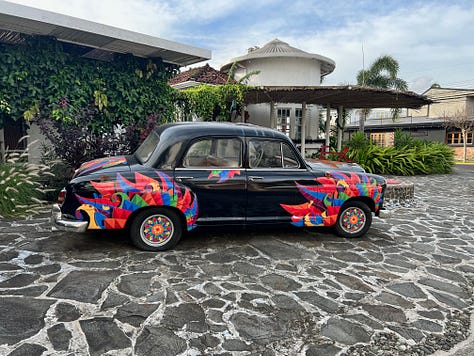
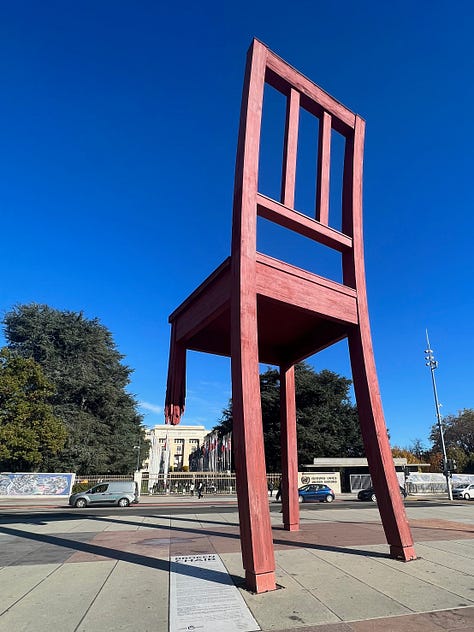
Has this lifestyle changed you? In more ways than I could have expected or believed. More than I can capture in a paragraph. On one level, you become more resourceful and adaptable. You must, as you are consistently navigating a new environment while, at the same time, as in my case, needing to continue to work. There is a lot of trial and error at first. Over time, these early lessons became enablers for planning and then living in a new community on everything from packing strategies and tools for remote work to building daily routines. When I live in non-English speaking countries, I must adapt because I can’t rely on the concierge or visit the usual tourist spots with a higher likelihood of English speakers on site. I seek out opportunities to experience life as a resident. This, for example, led to several amusing or unexpected encounters as I spoke Spanish in Colombia, Costa Rica, and Panamá in many daily situations. I would practice how I thought a conversation would go in a store, café, or restaurant to have more confidence, only to have the conversation go ‘off-script.’ On a deeper level, this lifestyle has also challenged my concept of ‘home,’ which can be its own essay. The idea of home can be shaped by cultural norms, societal expectations, and personal desires. Growing up with the Westernized notion of ‘home’ meant a fixed, physical space imbued with a sense of permanence. A home or apartment surrounded by the things I owned or collected. But now, home is something that I carry with me. In each new place, I must create comfort and familiarity without the usual framework of permanence. The routines I had been accustomed to had to change. Daily moments became opportunities for self-discovery and reflection on priorities, interests, and experiences I wanted to have. Living in someone else’s home in these different communities also allows you to observe and consider what others value and prioritize up close to shape or challenge your perspective.
Has this experience changed your views on different issues? Yes, it undeniably does. Spending extended periods in each location removes the filter that media and social media install. It exposes you to the economic, environmental, and social realities of each place and challenges your understanding of issues such as inequity, inequality, migration, and climate change. It challenges you to consider what you have learned, read, or watched on your phone. In the context of the United States, I would go as far as to say that spending time in places like Charleston, El Paso, Memphis, Tulsa, and the Great Plains forces you to confront the mythology of America. It’s a reckoning with the narratives we have long heard versus the reality of the stories and voices that have not been given the platform they deserve. Certainly, any trip to these destinations provides opportunities to visit museums and monuments. I was fortunate to visit many, including the Crazy Horse Memorial in Crazy Horse, South Dakota, Greenwood Rising in Tulsa, Oklahoma, the National Civil Rights Museum at the Lorraine Motel in Memphis, Tennessee, both the Old Slave Mart Museum and the International African American Museum in Charleston, South Carolina, and the Sitting Bull Visitor Center in Fort Yates, North Dakota, to name just a few. However, slowing down and not needing to rush to the next item on the list created an opening for curiosity and reflection. It provided moments for conversations, the physical act of listening that I would not usually have had the time for, allowing me to view issues through someone else’s eyes. As a result, one can begin to better understand the implications of historical or ongoing actions that affect those impacted by these issues. When I traveled outside the United States, listening to the questions and viewpoints of those I met provided a rare opportunity to see a situation or topic differently. That is not to say I’ve become more of an expert than those affected by these issues or those who live and work in these communities. No, not at all. I have more questions than answers as I go through learning and unlearning. This has taught me that each of us has an opportunity to find those stories and voices to challenge our assumptions and understanding. Be open-minded, lead with empathy, and recognize that you could be wrong.
Begin Your Own Journey
But don’t take my word for it. Try it. Experiment. Whether it’s one week or one month at first, within your state, country, or region, this approach will teach you something about the world and yourself. So go ahead and see what you can discover, see how your concept of home evolves, and see what answers you can find.


